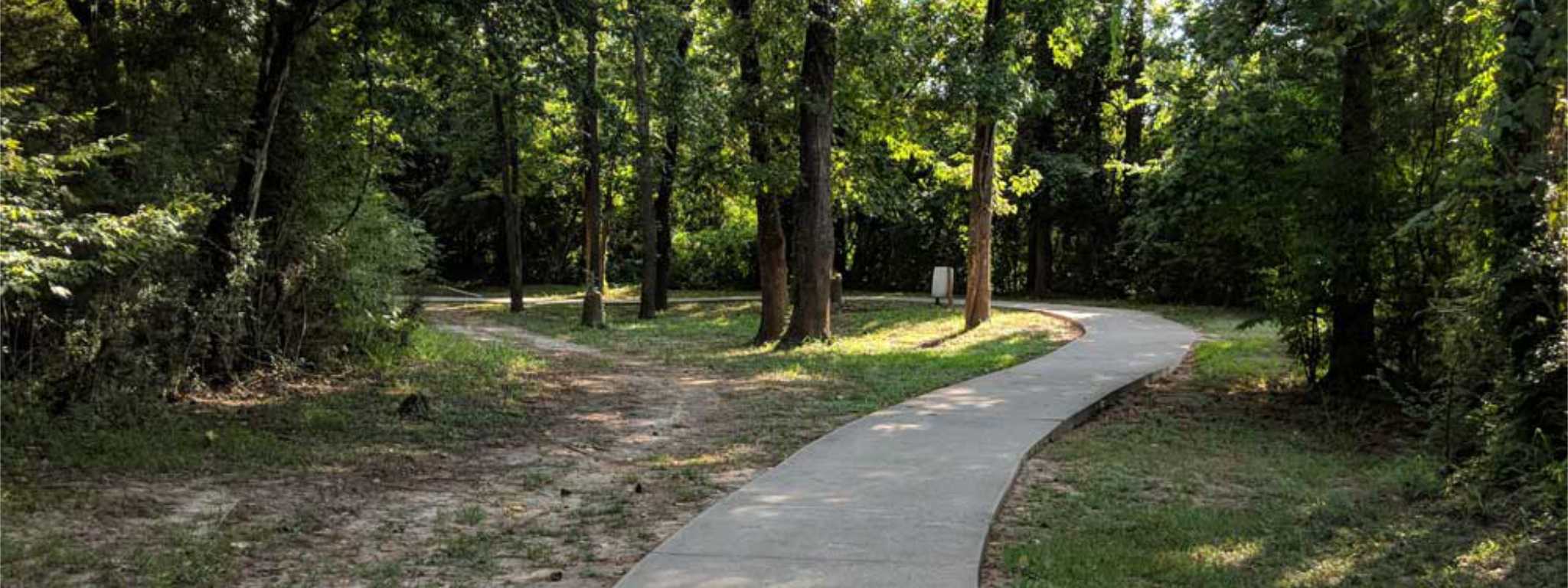The Newport Board of Directors would like to inform the residents about various district projects and what they look like. The first information we’re presenting to you is about Smoke Testing, which has been done in Section 1 recently. The pictures below were taken in Newport. The Board is excited to share this information so that residents will have a better understanding of what the MUD Board is accomplishing. Smoke testing will be done in all of the older sections of Newport. This procedure reveals where our inflow and infiltration problems are, including leaks, breaks, illegal connections, etc.
Please send any questions or concerns back to the board if you would like further clarification or information through the Contact tab.
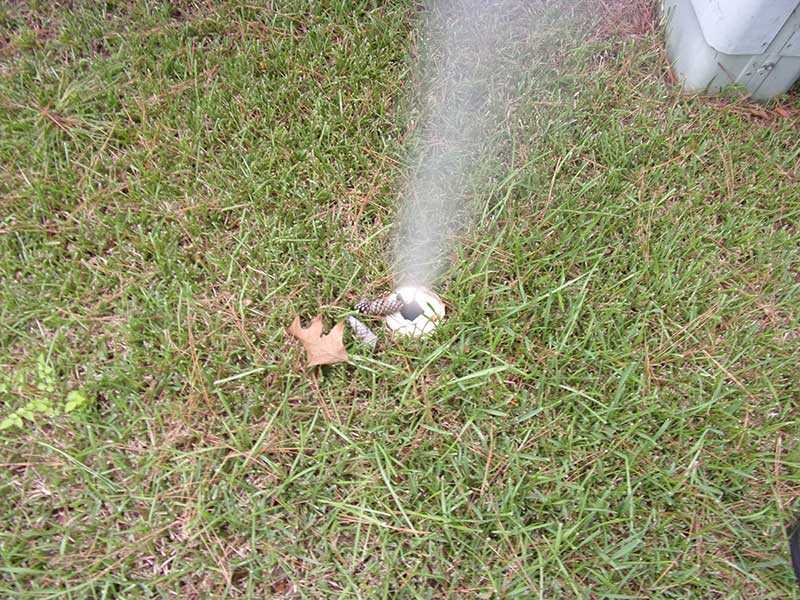
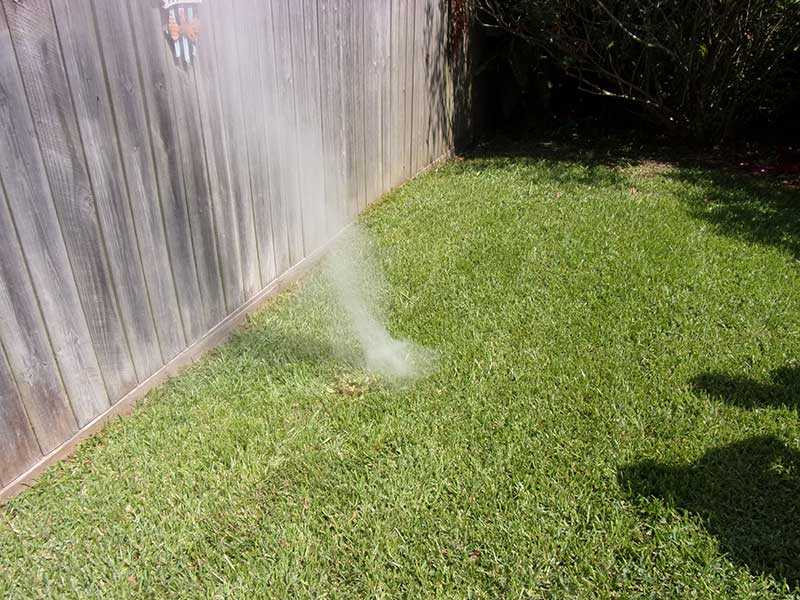
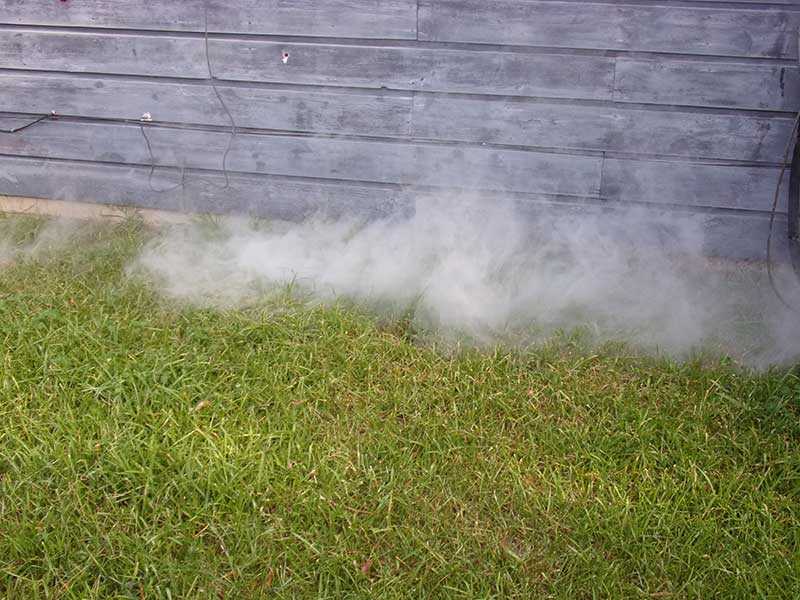
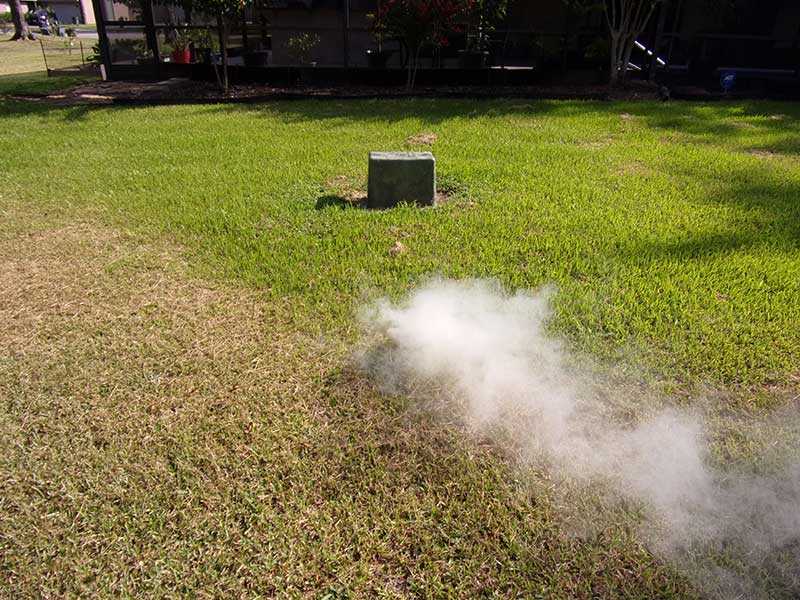
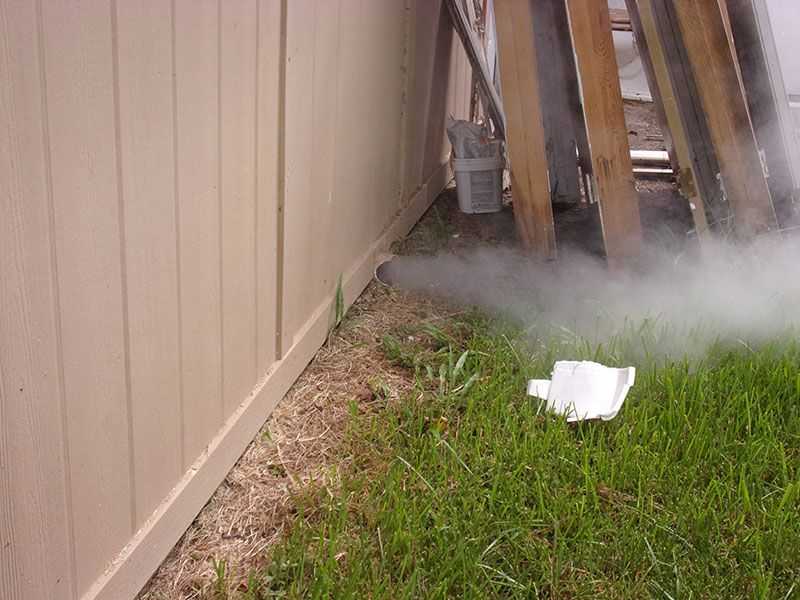
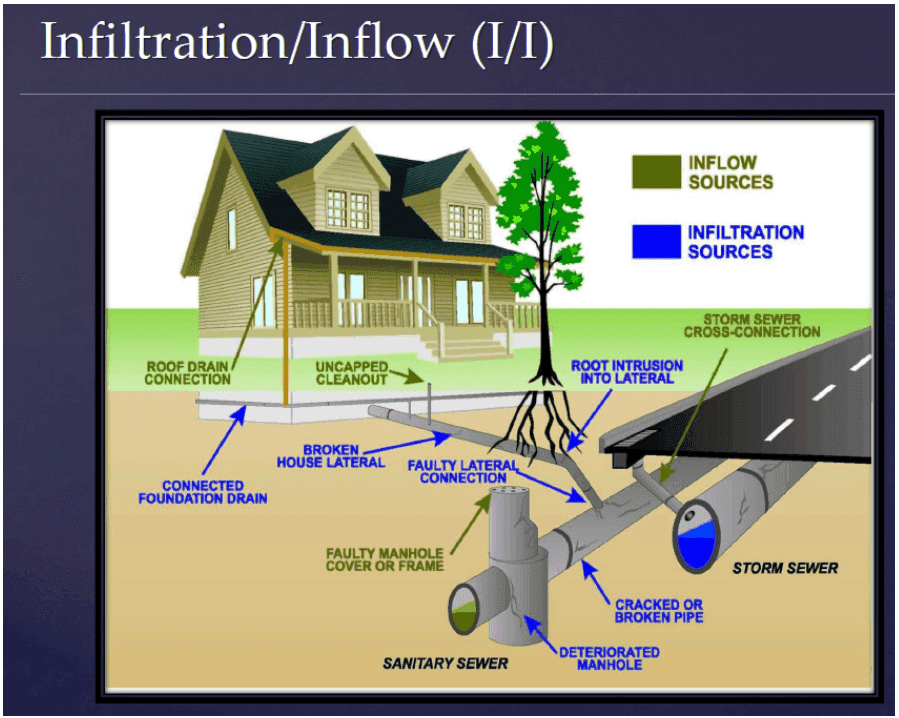
What is Smoke Testing?
Smoke Testing has been used extensively for more than 40 years, and has proven to be a vital tool for successful inflow and infiltration (I&I) studies. It is as
important now as it ever has been as growing municipalities increase demands on aging, often deteriorating collection systems. Smoke testing can aid in
documenting sources of I&I and should be part of any maintenance program.
Smoke testing is a relatively simple process that consists of blowing smoke mixed with large volumes of air into the sanitary sewer line usually induced through the manhole. The smoke travels the path of least resistance and quickly shows up at sites that allow surface water inflow. Smoke will identify broken manholes, illegal connections including roof drains, sump pumps and yard drains, uncapped lines and even will show cracked mains and laterals, providing there is a passageway for the smoke to travel to the surface.
Research has shown that approximately 65% of all extraneous stormwater inflow enters the system from somewhere other than the main line. Smoke testing is a
method of inspecting both the main lines and laterals. Smoke travels throughout the system, identifying problems in all connected lines—even sections of line that were not known to exist or thought to be independent or unconnected. Best results are obtained during dry weather, which allows smoke better opportunity to travel to the surface.
Newport MUD Smoke tested Section 3 and 5 in 2018 and Section 1 in 2019.
What are inflow and infiltration?
Inflow and infiltration are terms used to describe the ways that groundwater and stormwater enter the sanitary sewer system.
Inflow is water that is dumped into the sanitary sewer system through improper connections, such as roof drain connections, uncapped cleanouts, or damaged
manhole covers.
Infiltration is groundwater that enters the sewer system through leaks in your service lines or the main sanitary sewer lines. Aging infrastructure plays a big role in contributing to Infiltration for many Water Districts.
Why is this water a problem?
Storm water belongs in storm sewers or on the surface of the ground, and not in the sanitary sewers. When storm water gets into the sanitary sewers, it must be moved and treated like sanitary waste. Treating storm water drives up the cost to operate your Wastewater Treatment plant. Your Wastewater Treatment plant is permitted by the State for a certain amount. If the flow at the Wastewater Treatment plant is higher than the permit, the Operator has to report a Violation to the State, and if it is a chronic issue the State can require expansion of the plant to treat the excess flow.
How does the District choose the sections that get tested?
The Operator monitors the run times of the District’s Lift Station pumps, and the areas that have the highest run times are tested first. The areas with the most flow tend to have the most I&I problems.
